The Aim of C&FH
Captive & Field Herpetology was formed to bridge the knowledge gap between herpetofauna in captivity and the wild. Ultimately, increasing our understanding of this diverse group of organisms. We believe that the problem of snakebite can be lessened and bites prevented by better understanding the ecology of the snakes which are responsible in the first place.
We hope that every article published in our journal can bring to light further herpetological understanding and stimulate new research interests. Every expedition we run will prioritise spreading snakebite awareness and unraveling the ecology of wild herpetofauna. Whilst we believe that clinical treatment must continue to be researched and improved, our aim is to progress in the ecological field of snakebite and eventually prevent this occupational hazard of the poor from existing.
Captive & Field Herpetology was founded in 2017 whilst Ben Owens was travelling through Asia, particularly India at the time. Originally created as a peer-reviewed journal with the aim of bridging the knowledge gap between field herpetology and herpetoculture, C&FH has since developed and grown substantially.
Towards the end of his India trip, Ben met Vishal Santra in Bengal. Spending a few days in Bengal searching for snakes, resulted in a lifer Russell’s viper (Daboia russelii) (pictured left & below). Having seen the proximity of local people working with this species and how very easily snakebite can occur in these areas, the idea of organising expeditions to raise funds for snakebite work was developed. C&FH and Vishal’s organisation, Simulatala Conservationists quickly got to work planning how we would do this.
In 2018, we organised the first C&FH expedition to the Himalayan regions of Himachal Pradesh. A collaborative effort between C&FH, SC and BITES (Bangor University) involving Ben Owens, Vishal Santra, Dr Stuart Graham, Dr Anatoli Togridou, Sourish Kuttalam, Nilanjan Mukherjee, Dr Omesh Bharti, Dr Wolfgang Wüster, Dr Anita Malhotra and volunteers was run in attempt to catalogue species diversity, collect DNA/venom and teach local people/forest departments about snakebite. a
We continue to spread awareness of snakebite and the damage it causes to the poorest people all over the world. With expeditions to India, Europe and Morocco planned, we hope to play our part in helping to make snakebite a problem of the past. Be it through education at events, visiting local communities in India or scientific research into the ecology of venomous snakes.
C&FH has now produced a number of successful journal issues, each full of interesting observational based notes and literature reviews. We have organised expeditions to the Himalayas along with locations in Europe as part of a collaboration with the Bangor University Herpetological Society.
Click here to see some of the highlights of previous expeditions and feel free to contact us with queries about the journal, snakebite, expeditions or anything else herpetology related.


